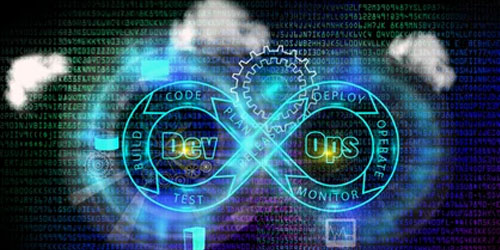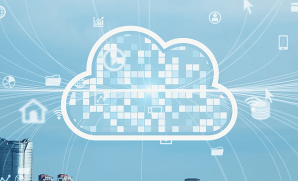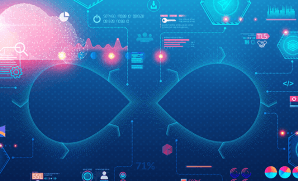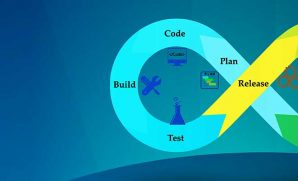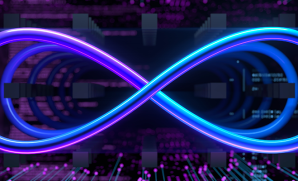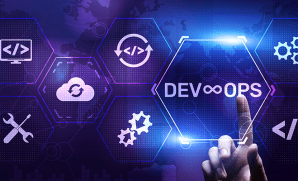The Evolution of DevOps From Automation to AI-driven operations
Publish Date: August 11, 2025A decade ago, DevOps emerged as a breakthrough in IT operations. Automation replaced manual processes, build times dropped from days to hours, and deployments became structured and predictable.
But that wave of automation can no longer keep up. Today’s digital systems are not just faster but significantly more complex. Microservices, containerized environments, multi-cloud architectures, and escalating security threats have outpaced what scripts alone can manage.
According to IDC, 72% of critical outages in 2024 were caused by cascading failures that traditional monitoring tools failed to detect. That’s not just a warning — it’s a clear sign that conventional DevOps has hit a ceiling.[1].
Automation was designed to handle what was already understood. But now, DevOps teams are facing unpredictable, hidden issues. That shift demands a new intelligence layer, powered by AI and Machine Learning.
Predictive Intelligence is when “reacting faster” isn’t good enough
AI’s true advantage is its shift from reactive response to predictive foresight.
Take AWS SageMaker’s Random Cut Forest algorithm. It analyzes terabytes of telemetry data to detect subtle anomalies days — even weeks — before they escalate into incidents.
In one real-world example, a global agro-tech leader partnered with YASH to implement predictive algorithms. The result? A 30–40% drop in unplanned outages. Teams went from firefighting to running intelligence-led operations.
But the benefits aren’t just technical. Predictive systems transform how teams work, redirecting focus from crisis resolution to proactive experience design. IDC’s 2024 data shows that predictive monitoring cut Mean-Time-To-Recovery (MTTR) by 35% across enterprises using it.
Discovering unknown unknowns with AI beyond human intuition
Traditional testing looks for known issues. AI goes further, uncovering new failure patterns that weren’t previously detectable.
In collaboration with a major dairy-tech enterprise, YASH applied AI-driven log analytics to expose hidden security gaps and degradation trends previously missed by traditional tools. These findings were not edge cases — they revealed critical insights beyond human reach.
Using unsupervised learning techniques, these systems don’t just respond to what’s known — they explore patterns and anomalies that signal new risks. This translates into fewer emergency rollbacks and more stable, resilient deployments for our clients.
McKinsey projects that AI-driven lifecycle management can improve product-market fit and accelerate time-to-market by more than 40% by 2025.
Towards self-healing systems by closing the operational loop
AI’s most transformative promise in DevOps is self-remediation.
Consider AWS Bedrock’s use of Generative AI. It doesn’t stop at detection — it drafts remediation steps, executes approved changes, and updates documentation automatically. If a deployment fails due to container memory issues, parameters can be adjusted, and the deployment can be retried without manual intervention.
This closed-loop system is already operational. At YASH, we deployed self-healing capabilities for a global manufacturing client, reducing downtime by 25% and cutting operational overhead by 30% within months.
Recent research suggests that self-remediating AI could double throughput without doubling headcount.
Some pragmatic learnings at YASH from implementing AI-Driven DevOps
Making the shift from traditional automation to AI-driven operations comes with lessons. Here are four that consistently stand out:
- Start small, move fast: AI needs clean, relevant data to work well. Instead of jumping into complex problems, start with clear, focused use cases—like unreliable tests or slow build times—and improve the models and integration step by step.
- Make observability a priority: AI models rely entirely on data quality. Teams that succeed with AI invest early in strong observability tools to track metrics, logs, and signals before expanding their AI systems.
- Governance is essential: Machine learning models change over time and can carry bias. Treat them as critical digital assets that need constant testing, monitoring, and compliance checks to stay reliable and aligned.
- Train your teams: AI doesn’t replace people—it changes their roles. Traditional SREs shift toward model management, ML-ops, and guiding decisions. The best teams support this shift by building skills across software, infrastructure, and AI.
AI as DevOps’ evolutionary step
AI isn’t a new phase of automation. It’s a fundamental shift in how operations are run.
With intelligence built into the pipeline, software delivery becomes more stable, proactive, and innovation-focused.
At YASH, we’ve seen this transformation across industries — predictive monitoring, autonomous remediation, and intelligent telemetry are already delivering measurable results.
For organizations ready to shift from automation to intelligence, we offer proven frameworks, field-tested experience, and the expertise to accelerate the journey.
For more information, contact us at info@yash.com




